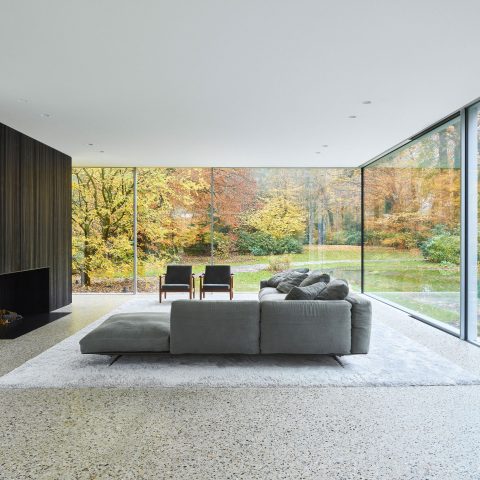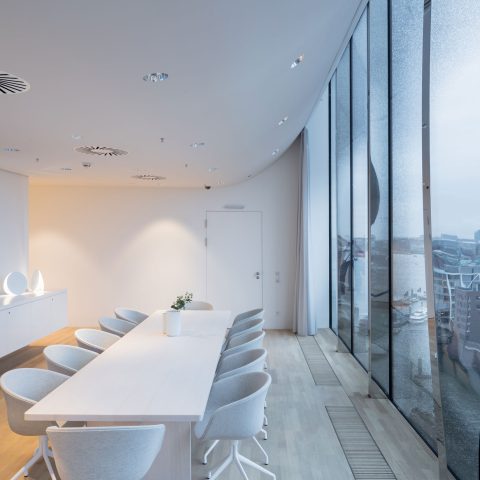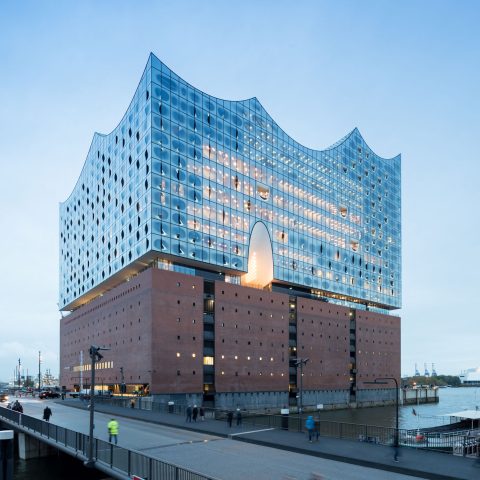Outdoor noise and ambient sound
Noise has a negative effect on the state of mind and health. Noise does not only refer to outside noise, but also to the dense background noise in rooms – the ambient sound. People in the northern hemisphere spend on average 90% of their lives in rooms. So interiors are where noise pollution occurs, and where noise can be effectively reduced.

How does noise stress arise?
Noise stress is essentially caused by reverberation and reduced speech intelligibility. The listener has to sort through a variety of different sounds and sound sources to perceive the message intended for him or her. People are exposed to this challenge almost everywhere: in the station concourse or airport terminal, in shopping centres, in open-plan offices, in meeting rooms, restaurants or bars. Even at home, the reverberation can make it difficult to understand in good cases – and in bad cases it has an effect on health, both at home and in the office.
Noise affects the taste of food
A study by the University of Manchester (published in Food Quality and Preference) showed that background noise affects both the intensity of flavour and the perceived crunchiness of foods.
In order to arrive at health and wellbeing in architecture, we find that you have to manage the acoustics.
The consequences of noise hearing loss
The connection between acoustics and our health has been investigated and confirmed several times. The studies describe symptoms caused by noise pollution. Noise-induced hearing loss has been the most common recognised occupational disease in Europe for several years. Not only does it cause millions of jobs to be lost to the economy, but it also reduces the quality of life of every single person. The consequences of noise pollution can range from discomfort and declining productivity to clearly manifested disease patterns”.




